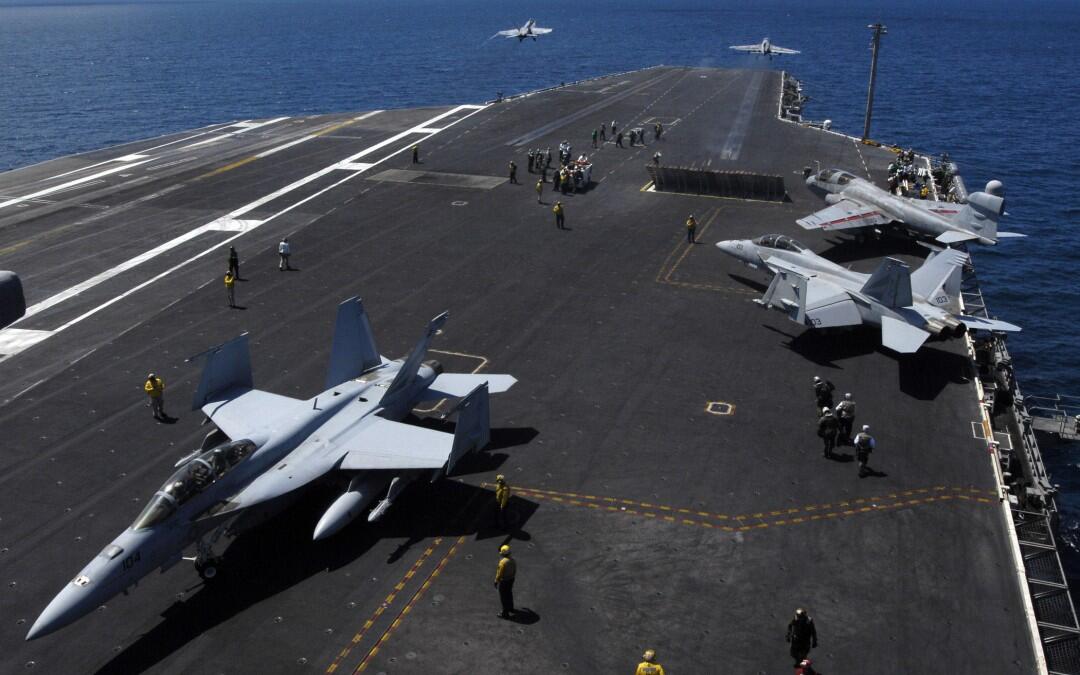The Environmental Protection Agency (EPA) was supposed to propose new rules in the summer to limit gas emissions from airplanes, declaring that these emissions are a danger to human health because they contribute significantly to climate change.
On July 1 2015, the EPA proposed to find that greenhouse gas (GHG) emissions from certain classes of engines used in aircraft contribute to the air pollution that causes climate change endangering public health and welfare under section 231(a) of the Clean Air Act.
The EPA also issued an Advance Notice of Proposed Rule making that provides information on the process for setting international CO2 emissions standards for aircraft at the International Civil Aviation Organization, and describes and seeks input on issues related to setting an international CO2 standard for aircraft, and the potential use of section 231 of the Clean Air Act to adopt a corresponding aircraft engine standard domestically.
Environmental Groups’ Lawsuit Against EPA
However, in order to force the Environmental Protection Agency (EPA) to complete its “endangerment finding”, three environmental groups filed a lawsuit against the agency yesterday to press for faster action in setting limits on greenhouse gas emissions from U.S. aircraft.
“We have to push them to issue a final endangerment finding and CO2 standard so we can have a conversation about what the standard should be,” said Marcie Keever, legal director for Friends of the Earth, adding: “We wish the EPA wasn’t defaulting and deferring to ICAO and instead would lead the way.”
Earth justice, the Center for Biological Diversity, and Friends of the Earth filed the lawsuit to force the agency to complete its “endangerment finding,” a step in the EPA rule-making process that would allow the agency to regulate carbon dioxide emissions from U.S. aircraft.
Violating the Law
According to the lawsuit filed in U.S. District Court for the District of Columbia, any “unreasonable delay” in setting emission standards for aircraft violates the law and the EPA’s duty under the Clean Air Act.
Currently, there are no restrictions on greenhouse gas emission from aircraft, and carbon dioxide emissions raise average temperatures, contributing to climate change.
U.S. aircraft account for 3 percent of U.S. total CO2 emissions, and the United States accounts for half of worldwide CO2 emissions from aircraft. Without regulations, emissions from the aviation sector are projected to triple by 2050.
To Finalize Endangerment Finding
The EPA was expected to finalize a proposal for an endangerment finding in mid-2014, but last June it issued only a preliminary scientific finding on the emissions.
The environmental groups want the agency to publish its final finding, opening it up to a public comment period, before President Barack Obama leaves office.
The agency has said it plans to implement a global carbon dioxide emissions standard being developed by the United Nations’ International Civil Aviation Organization.
EPA: Formal Proposal in 2017
The EPA is expected to finalize the endangerment finding this summer, spokeswoman Laura Allen said. The agency would then undertake a rule-making process to adopt standards “at least as stringent as the ICAO standards” and formally propose them in 2017, she said.
“The standards Obama is prepared to accept for carbon pollution from airplanes are embarrassingly low,” said Sarah Burt, a legal expert on aviation for Earthjustice.
The standards expected to be adopted by the ICAO later this year are aimed at makers of small and large planes alike and would apply to all new aircraft models launched after 2020.
Environmental groups have argued that the standards would make barely a dent in emissions from the aviation sector, one of the fastest-growing carbon emissions sources.
International Efficiency Standards
The environmental impact of aviation occurs because aircraft engines emit heat, noise, particulates and gases which contribute to climate change and global dimming.
There is an ongoing debate about possible taxation of air travel and the inclusion of aviation in an emissions trading scheme, with a view to ensuring that the total external costs of aviation are taken into account.
The newest Boeing and Airbus designs already meet the proposed international efficiency standards. If adopted as currently proposed, aircraft manufacturers would be allowed to continue selling older, less efficient designs for years to come. Airliners already in use would be exempt from the new standards altogether, ensuring that even dirtier planes could continue to fly for decades.













